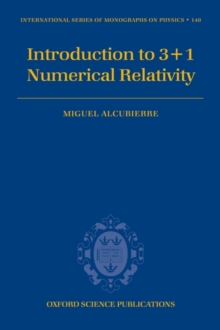
Mechanisms of Conventional and High Tc Superconductivity PDF
by Vladimir Z. Kresin, Hans Morawitz, Stuart A. Wolf
Part of the International Series of Monographs on Physics series
Description
Superconductivity has become one of the most intensely studied physical phenomena of our times, with tremendous potential to revolutionize fields as diverse as computing and transportation.
This book describes the methods, established results, and recent advances in the field.
The goal is to present recently developed theoretical models in light of the long-sought aim of achieving the effect at very high temperatures.
The book includes a detailed review of various mechanisms, including phononic, magnetic, and electronic models.
The authors focus on the phenomenon of induced superconductivity in the high-temperature oxides, particularly the high-transition-temperature cuprates.
They also discuss a variety of low-temperature superconducting systems in conventional materials and organics.
The book links the crucial experiments with the most current theories, offering a unified description of the phenomenon.
All researchers (and graduate-level) students involved with work in superconductivity will find this an invaluable resource, including solid-state and condensed-matter physicists and chemists, and materials scientists.
Information
-
Download - Immediately Available
- Format:PDF
- Publisher:Oxford University Press
- Publication Date:17/06/1993
- Category:
- ISBN:9780195363586
Information
-
Download - Immediately Available
- Format:PDF
- Publisher:Oxford University Press
- Publication Date:17/06/1993
- Category:
- ISBN:9780195363586










